In the rapidly evolving world of electric vertical takeoff and landing (eVTOL) aircraft, one design is turning more heads than most: the flying motorcycle. These compact aircraft blend the agility of a motorbike with the vertical lift of a drone, offering a bold vision for how people might commute across cities—or launch from their backyards—in the near future.
Airwolf: The High-Speed Hoverbike
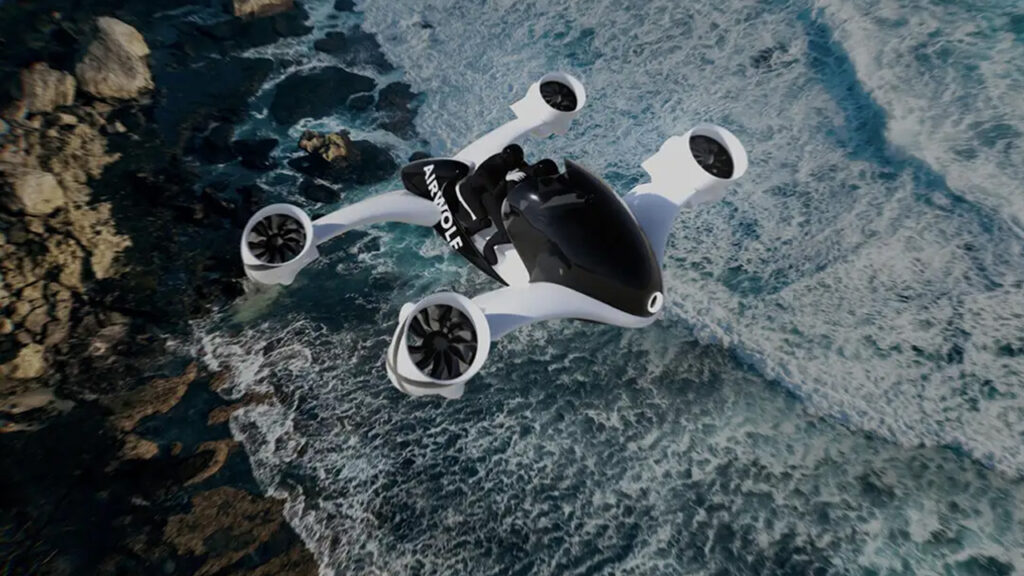
One of the most radical designs comes from Czech startup UDX. Their prototype, dubbed Airwolf, is a powerful single-seat hoverbike capable of hitting 142 mph with 430 horsepower. It uses ducted fans that tilt individually, making it both agile and fast. As New Atlas reports, the craft uses fixed wings for added lift in forward flight—giving it the handling of a motorcycle and the range efficiency of a small plane.
Skyrider X1: Built for Air and Street
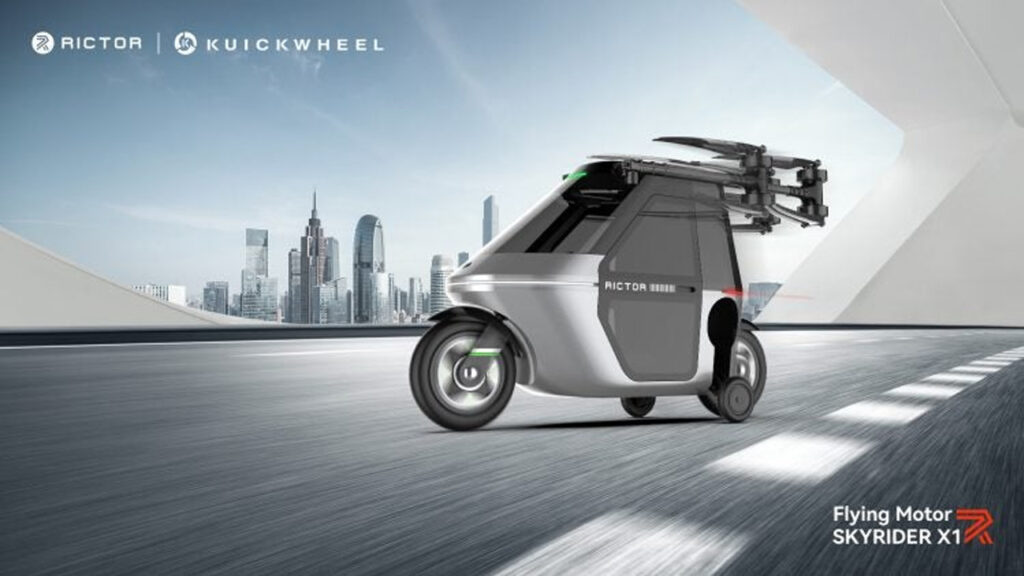
Not all flying motorcycles are purely airborne. The Skyrider X1, revealed at CES 2025, is designed to operate both on the ground and in the sky. With a multi-rotor design and intelligent autopilot features, it offers 40 minutes of air time and smooth transitions between driving and flying. According to AAM International, it also includes environmental sensors and auto-stabilization tech aimed at easing the learning curve for first-time fliers.
XTURISMO: Designed for the Urban Skies
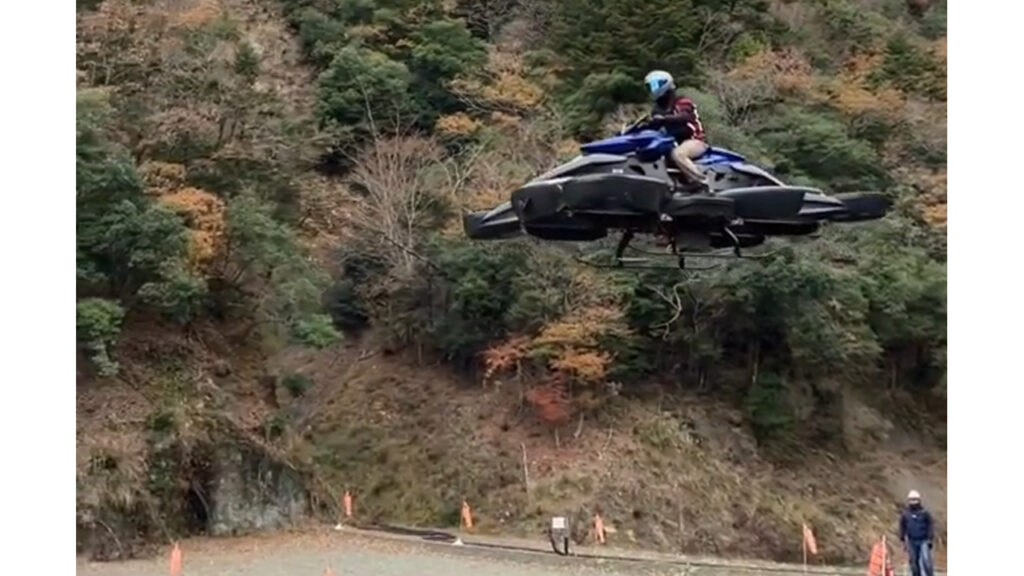
Another standout is the XTURISMO from Japan’s AERWINS Technologies. This hybrid-powered hoverbike has already flown in Tokyo and Dubai. It features a seat, handlebars, and the unmistakable silhouette of a motorcycle—just one that floats over traffic. Designboom highlighted its goal to be not just a concept vehicle, but a legitimate tool for police, emergency responders, or private riders in congested cities.
The Appeal of the Motorcycle Form

Why not just make flying cars? Because motorcycles are simpler. They’re lighter, more compact, and easier to stabilize in the air. For single-rider travel, they offer a direct, visceral feel—something adventurous buyers actually want. Plus, they fit better into urban rooftops, courtyards, or even parking garages being converted into micro-hangars. That sleek profile also makes for faster regulatory pathways in ultralight classifications.
Regulations Are Playing Catch-Up
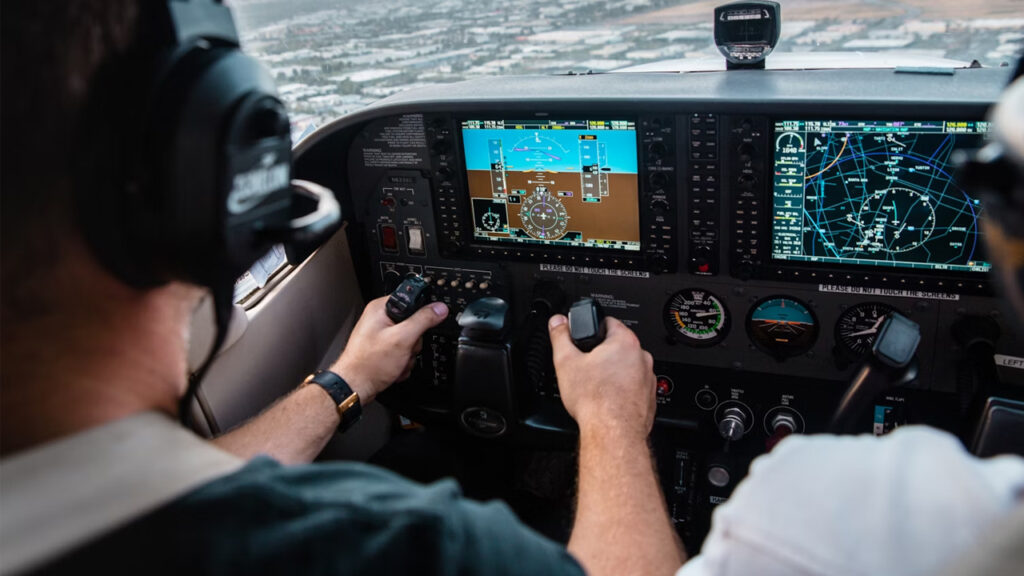
Still, these hoverbikes can’t take off freely just yet. In the U.S., most will require at least a sport pilot license to operate, and airspace coordination is still a major hurdle. Manufacturers are working closely with regulators to test safe integration into local skies—and in some cases, even looking at use cases beyond commuting, like disaster relief or tactical military insertions.


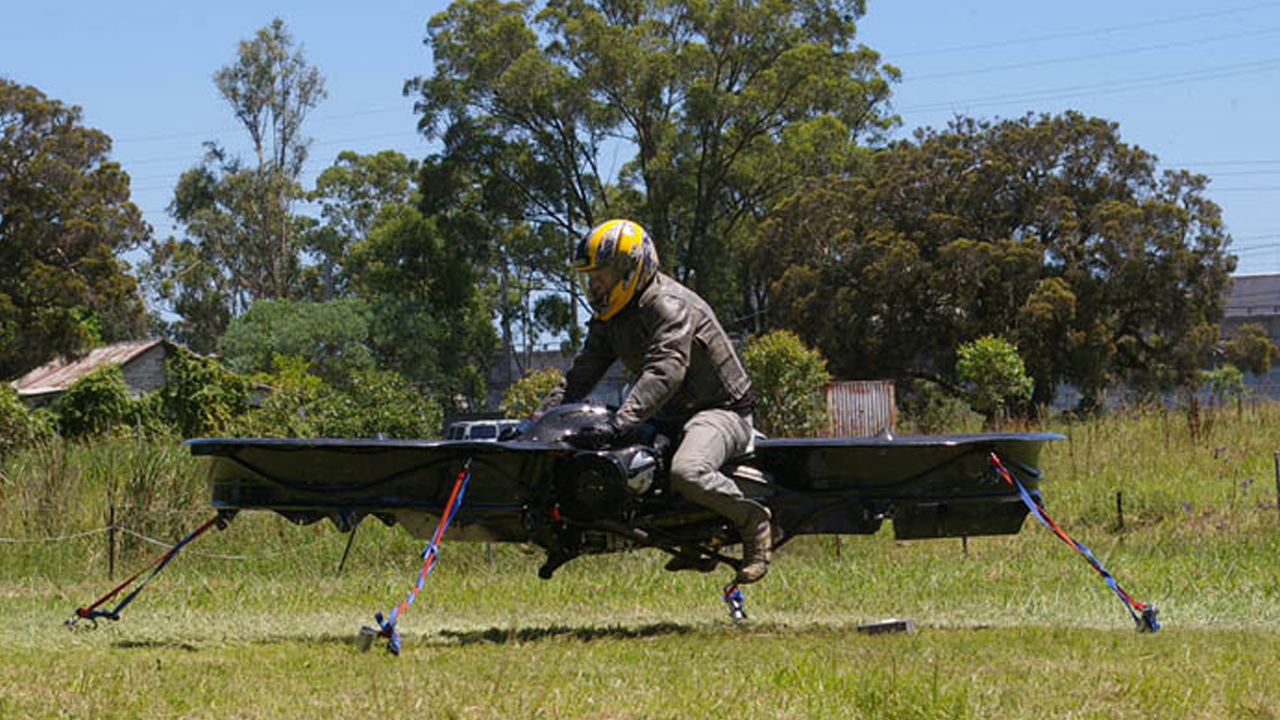

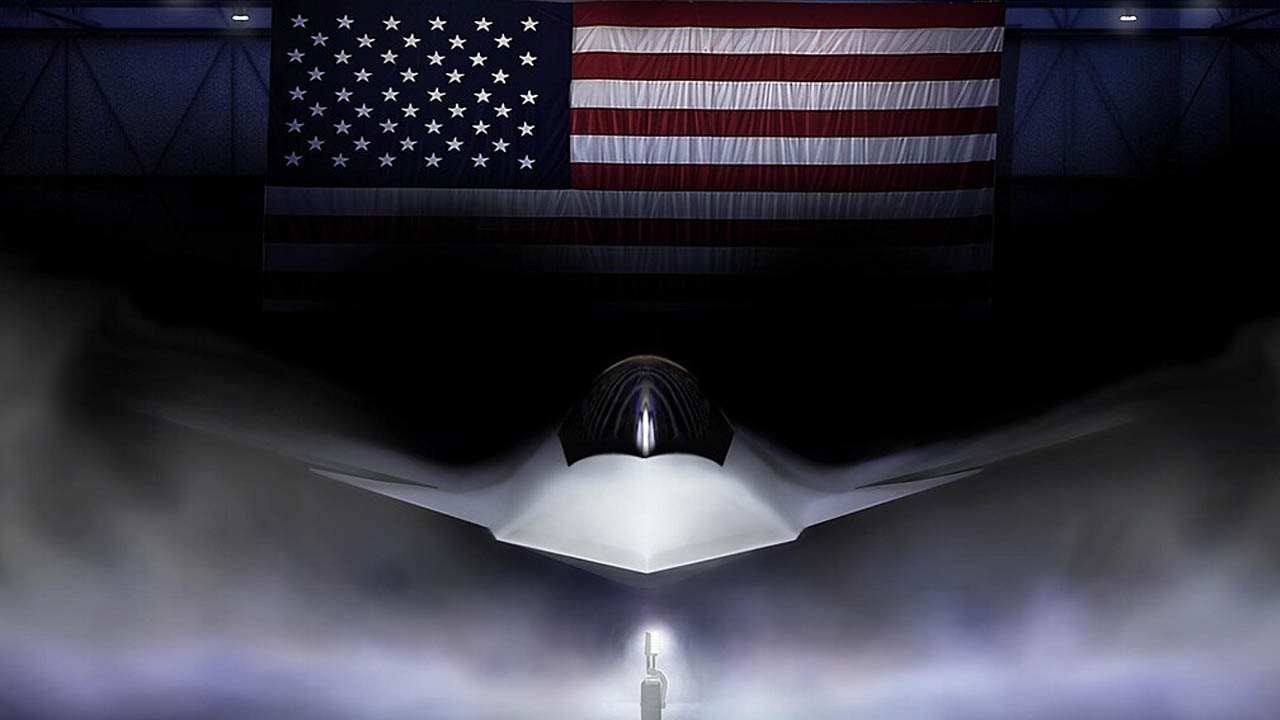
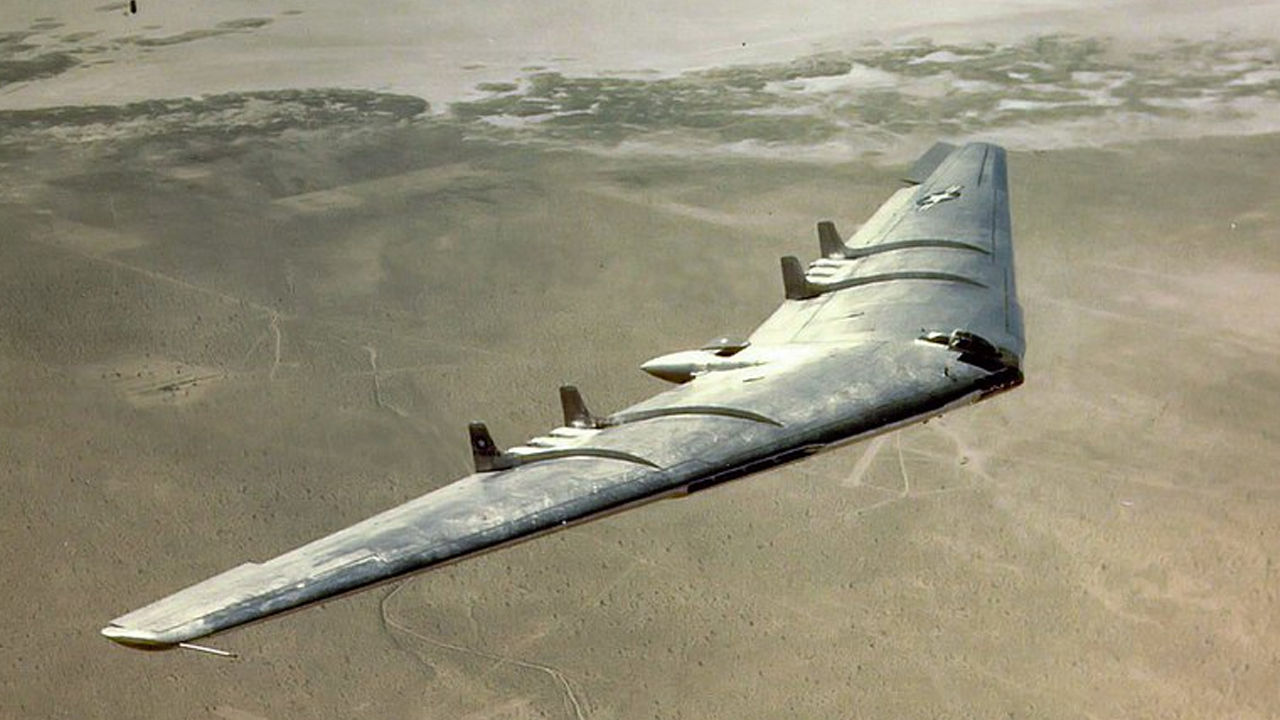
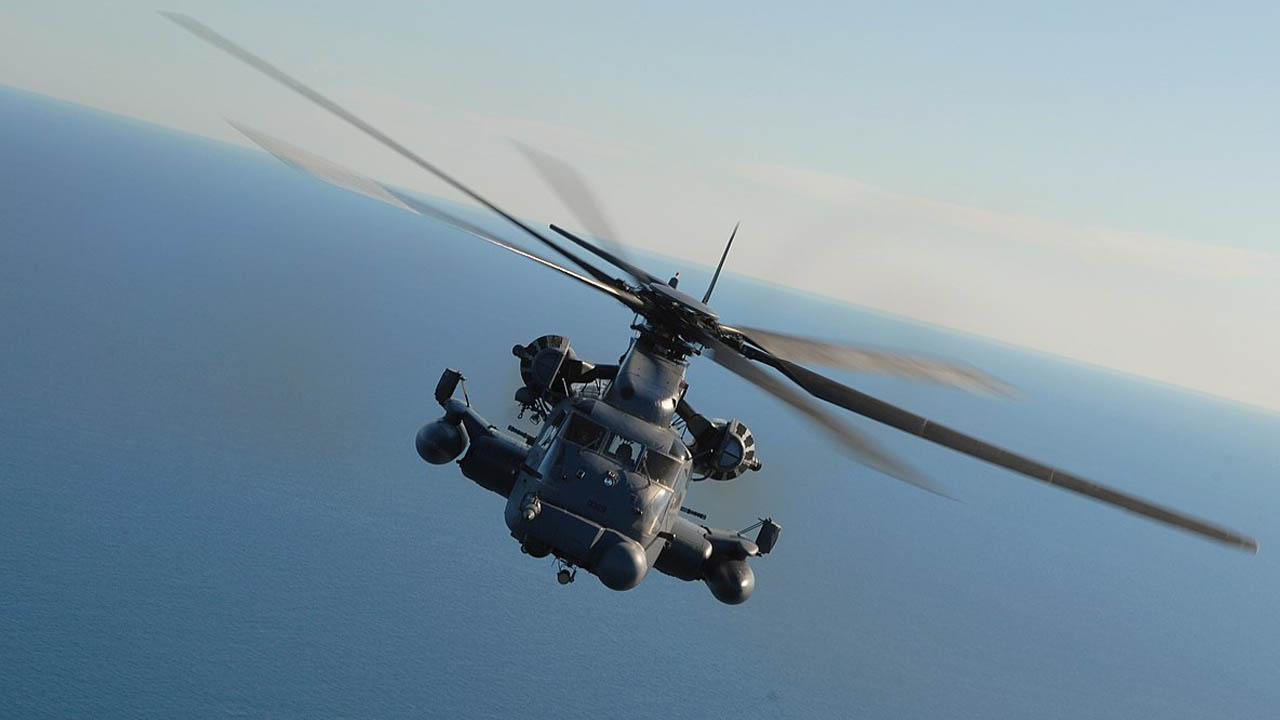
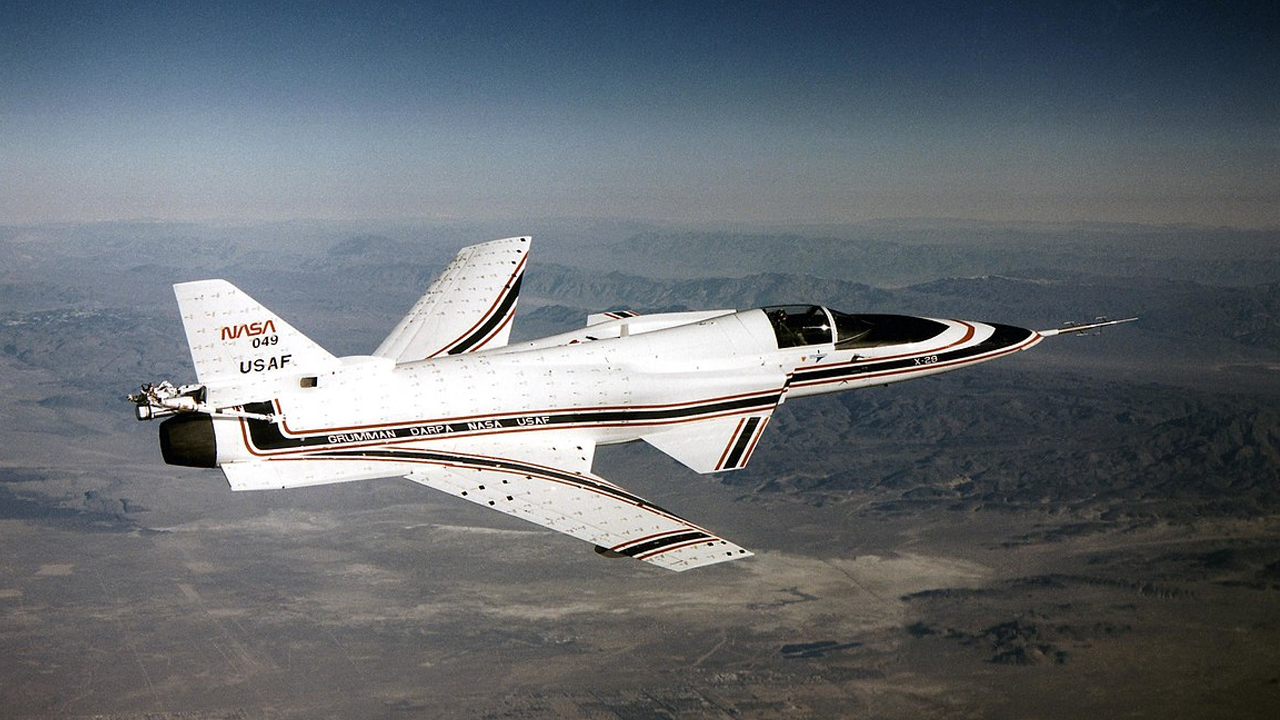
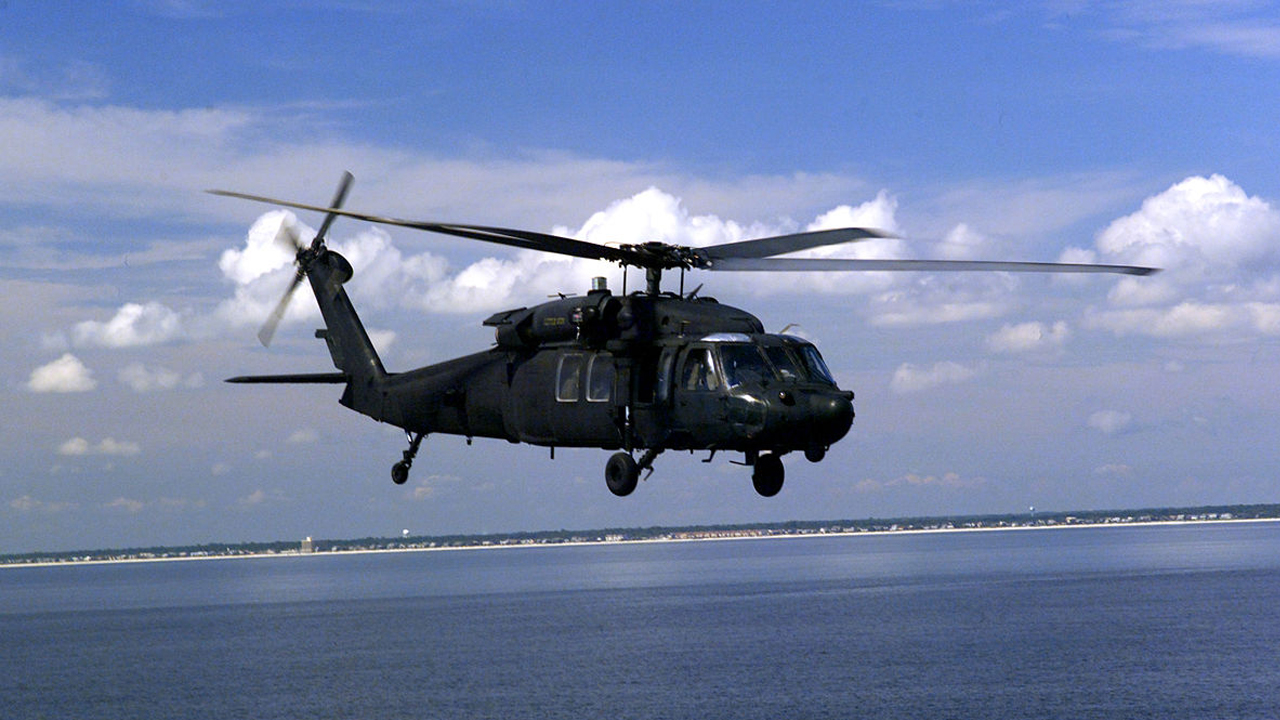
Leave a Reply